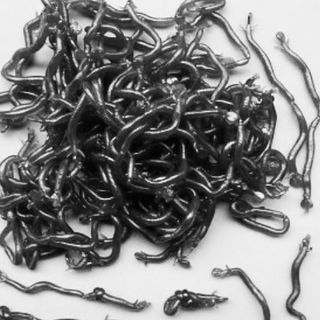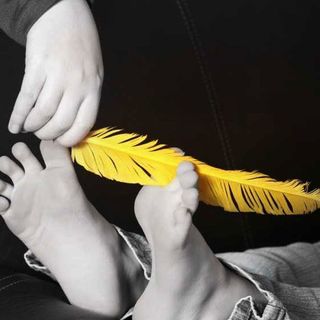
Dead Bodies Continue to Move for More Than a Year After Death, Researchers Find
[Insert scream of horror.]

This is not a (zombie) drill, nor is it fiction: researchers in Australia have recently concluded that dead bodies continue to move for more than a year after death.
The movements are not the voluntary or involuntary kind associated with life, but it’s still a bit eerie: Due to dehydration of ligaments and decomposition, dead bodies left untouched in the same place will, with time, appear to lie in different positions than those in which they started.
“What we found was that the arms were significantly moving, so that arms that started off down beside the body ended up out to the side of the body,” Alyson Wilson, one of the lead researchers, told AFP.
Related on The Swaddle:
Japan Approves Research to Grow, Harvest Human Organs from Animal Embryos
It is the latest in a spate of disconcerting findings related to death that is forcing us to acknowledge (or blithely ignore) that the line between life and death is, perhaps, thinner than most of us think. For instance, a 2013 study of rats revealed a surge of brain activity associated with consciousness occurred for 30 seconds after researchers stopped the rats’ hearts. And, a 2017 study of dead mice and zebrafish found gene expression — the process by which instructions encoded in our DNA get converted to bodily function — for more than 1,000 genes intensified after death, becoming increasingly active for up to four days postmortem in some cases.
In the new study, published in the journal Forensic Science International: Synergy and reported by Big Think, Wilson and her team arrived at their uncanny conclusion by keeping the dead bodies at the Australian Facility for Taphonomic Experimental Research — or, AFTER, for scientists with a dark sense of humor — under a camera for 17 months. (Taphonomy is a branch of paleontology that focuses on fossils.) Bodies were kept in the same positions, untouched, and images were captured every 30 minutes between 8 a.m. and 5 p.m. Which seems to leave a PRETTY BIG GAP — 15 hours overnight — in scientific rigor, considering everyone knows no self-respecting corpse would be caught dead walking around during the day. (I mean, dehydrating ligaments seem like a stretch. Obviously all the dead bodies got up and walked around at night and were careless in how they laid back down before sunrise.)
Researchers say their discovery will aid police, forensic anthropologists, and pathologists to better estimate time of death, especially in tying missing persons to unidentified corpses by comparing how long a person has been missing to a more precise time since death. But all I hear is that my fear of zombies is justified.
Liesl Goecker is The Swaddle's managing editor.
Related


Why We Should Care About Underweight Earthworms
